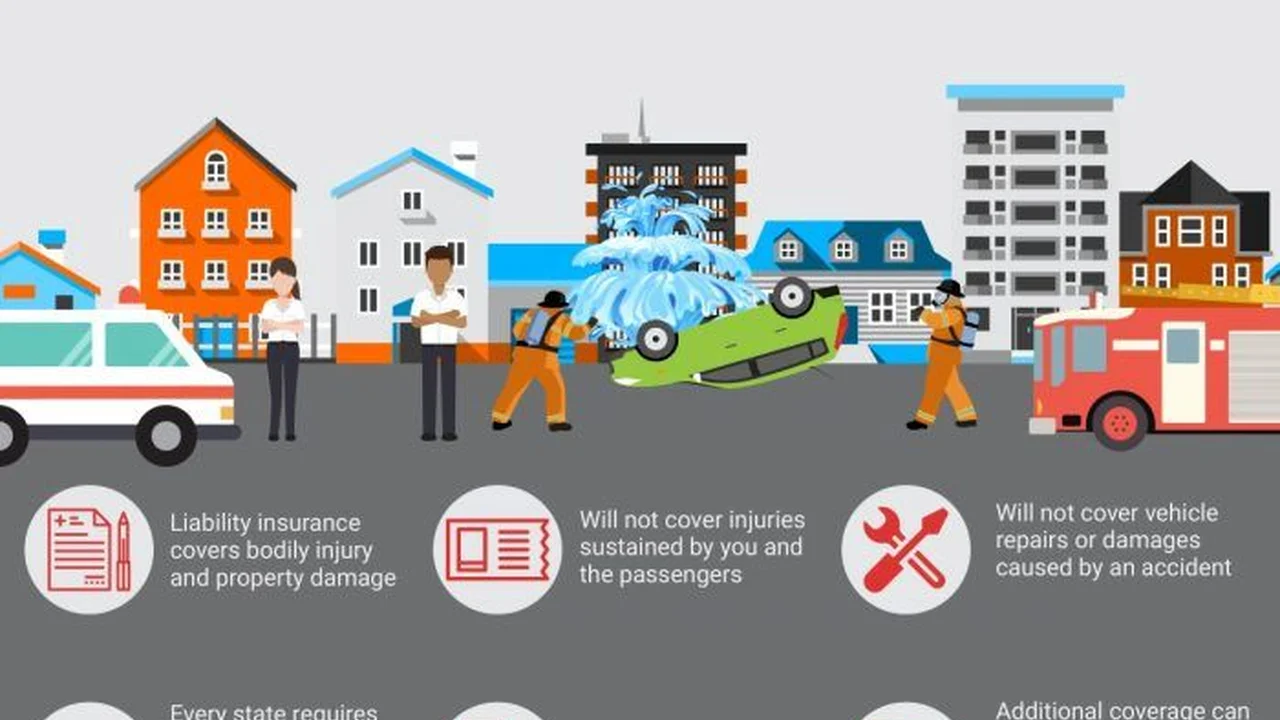Are Aftermarket Headlights Legal? Know the Regulations
Ensure your aftermarket headlights are legal with our guide to regulations. We cover important considerations for compliance with local laws. Avoid fines and ensure your car is safe and legal.

Understanding Aftermarket Headlight Legality: DOT Compliance and SAE Standards
So, you're thinking about ditching those stock headlights for something a little…flashier? Maybe brighter? Or maybe you just want a different look? Totally understandable. But before you drop some serious cash on those sweet new LEDs, let's talk legality. Because nothing ruins a killer car mod like a hefty fine and a "fix-it" ticket.
The big question: Are aftermarket headlights even legal? The short answer: It depends. The long answer? Well, that's what we're here to unpack. The key thing to understand is that headlights, like many car parts, are subject to federal regulations. In the US, the Department of Transportation (DOT) sets the standards. And these standards are usually enforced through the Society of Automotive Engineers (SAE).
Basically, if a headlight isn't DOT compliant (meaning it meets SAE standards), it's technically not legal for street use. This covers a whole bunch of things, from brightness and beam pattern to color and durability. Manufacturers have to test their headlights and certify that they meet these standards. You'll usually see a DOT or SAE stamp on the headlight itself, or on the packaging.
Key Regulations for Aftermarket Headlights: Brightness, Beam Pattern, and Color
Let's dive into some of the specifics. Here's what the DOT and SAE are looking for when it comes to headlight legality:
- Brightness (Lumens): There's a limit to how bright your headlights can be. Too bright, and you'll blind oncoming drivers. Regulations specify the maximum light output allowed. Exceeding this can get you pulled over.
- Beam Pattern (Aiming): The beam pattern is crucial. Headlights need to project light in a specific pattern that illuminates the road ahead without blinding other drivers. This is why proper aiming is so important. If your headlights are aimed too high, you're going to get flashed. A lot.
- Color (Kelvin): Headlight color is measured in Kelvin (K). Regulations generally limit the color temperature to a range that produces white or slightly yellowish light. Those blue or purple headlights you see on some cars? Almost always illegal. The acceptable range is usually around 3000K to 6000K. Anything higher starts to get into the blue territory.
- Markings and Certifications: As mentioned earlier, look for the DOT or SAE stamp. This indicates that the headlight has been tested and certified to meet federal standards. If it doesn't have these markings, it's a red flag.
State Laws on Headlight Modifications: Variations and Enforcement
Okay, so we've covered federal regulations. But here's the kicker: state laws can also come into play. Some states have stricter regulations than the federal government. Others may have specific rules about headlight modifications that aren't covered by federal law. For example, some states might prohibit certain types of headlight covers or tints.
Enforcement also varies from state to state. In some areas, police are very strict about headlight regulations and will pull you over for even minor violations. In others, they might be more lenient. However, it's always better to be safe than sorry. Check your state's Department of Motor Vehicles (DMV) website for specific regulations in your area.
Potential Consequences of Illegal Headlights: Fines, Tickets, and Safety Risks
So, what happens if you get caught with illegal headlights? Well, the consequences can range from a simple warning to a hefty fine and a "fix-it" ticket. A "fix-it" ticket means you have to remove the illegal headlights and replace them with legal ones. You'll then have to get the car inspected to prove that you've complied with the law. Failure to do so can result in further fines and even suspension of your driver's license.
But the consequences aren't just legal. Illegal headlights can also be a safety hazard. If your headlights are too bright or have a poor beam pattern, you could blind oncoming drivers and cause an accident. And if your headlights aren't durable enough, they could fail unexpectedly, leaving you stranded in the dark.
Recommended Aftermarket Headlights: Brands, Models, and Features
Alright, let's say you want to upgrade your headlights, but you want to do it legally. What are your options? Fortunately, there are plenty of DOT-compliant aftermarket headlights available that offer improved performance and style.
Here are a few recommended brands and models:
- Morimoto: Morimoto is a well-known brand that specializes in high-quality aftermarket lighting. They offer a wide range of LED and HID headlights that are DOT compliant. Their headlights are known for their excellent beam pattern, brightness, and durability. A popular model is the Morimoto XB LED headlight, which features a sleek design and impressive light output. Expect to pay around $800-$1500 for a set, depending on the vehicle.
- AnzoUSA: AnzoUSA offers a variety of aftermarket headlights, including LED, HID, and projector headlights. They focus on providing stylish and affordable options. Many of their headlights are DOT compliant and offer improved visibility compared to stock headlights. AnzoUSA headlights generally range from $300-$800 per pair.
- Spyder Auto: Spyder Auto is another popular brand that offers a wide selection of aftermarket headlights. They have a focus on aesthetics and offer headlights in various styles, including halo headlights and projector headlights. Make sure to verify DOT compliance before purchasing. Spyder Auto headlights can be found in the $200-$600 range.
- Philips: While Philips is a broad electronics company, their automotive lighting division is highly regarded. They offer excellent LED headlight bulbs that can be used to upgrade existing headlight housings (provided the housing itself is DOT compliant). These bulbs often provide a significant brightness increase over halogen bulbs. A set of Philips LED headlight bulbs can cost anywhere from $50-$200.
Installation Tips for Aftermarket Headlights: Ensuring Proper Aiming and Wiring
Once you've chosen your new headlights, it's time to install them. Installation can be relatively straightforward, but it's important to follow the instructions carefully. Here are a few tips to keep in mind:
- Read the Instructions: Seriously, read the instructions. Each headlight is different, and the installation process may vary.
- Disconnect the Battery: Before you start working on the electrical system, disconnect the negative terminal of your battery. This will prevent any accidental shorts or shocks.
- Proper Wiring: Make sure you connect the wiring correctly. Incorrect wiring can damage your headlights or your car's electrical system. If you're not comfortable working with wiring, it's best to have a professional install the headlights for you.
- Aiming is Crucial: Proper aiming is essential for both safety and legality. After you install the headlights, make sure to aim them correctly. You can find instructions on how to aim your headlights online or in your car's owner's manual. Use a level surface and a wall to ensure accurate aiming.
Comparing Aftermarket Headlight Options: LED vs HID vs Halogen and Projector vs Reflector
Choosing the right headlight involves understanding the technology behind them. Here's a brief comparison:
- Halogen: The standard. Relatively inexpensive but not as bright or efficient as other options.
- HID (High-Intensity Discharge): Brighter and more efficient than halogen, but require a ballast. Can be expensive.
- LED (Light-Emitting Diode): Very bright, energy-efficient, and long-lasting. Becoming increasingly popular.
And regarding the housing:
- Reflector: Uses a reflector to direct light. Can be less focused.
- Projector: Uses a lens to focus light into a more concentrated beam. Often offers better visibility and a sharper cutoff.
When comparing, consider your budget, desired brightness, and the overall look you're going for. LEDs are generally the best all-around choice for most modern vehicles due to their efficiency and brightness.
Headlight Bulbs: Upgrading Halogen to LED for Enhanced Visibility
A simpler and often more cost-effective option than replacing the entire headlight assembly is to simply upgrade the headlight bulbs. Many aftermarket LED headlight bulbs are designed to replace halogen bulbs in existing headlight housings. However, it's crucial to ensure that the housing is designed for the type of bulb you're installing. Simply swapping a halogen bulb for an LED bulb in a housing designed for halogen can result in improper beam patterns and glare, making it illegal and unsafe.
Look for LED bulbs that are specifically designed as halogen replacements and feature a similar beam pattern to the original halogen bulb. Reputable brands like Philips and Osram offer such options.
Maintaining Your Headlights: Cleaning, Polishing, and Preventing Damage
To keep your headlights shining brightly and legally, proper maintenance is key:
- Regular Cleaning: Dirt and grime can reduce headlight brightness. Clean them regularly with a mild soap and water solution.
- Headlight Restoration: Over time, headlights can become cloudy or yellowed due to UV exposure. Headlight restoration kits can help restore their clarity.
- Protective Coatings: Applying a UV-resistant coating can help prevent yellowing and clouding.
Where to Buy Legal Aftermarket Headlights: Reputable Retailers and Online Stores
To ensure you're buying legal and high-quality headlights, purchase from reputable retailers and online stores:
- Amazon: Offers a wide selection but be sure to verify DOT compliance before purchasing.
- Summit Racing Equipment: Specializes in performance automotive parts and accessories.
- CARiD: Another large online retailer offering a variety of aftermarket parts.
- Directly from Manufacturers: Purchasing directly from brands like Morimoto ensures authenticity.
Always read reviews and check for DOT certifications before making a purchase.
By following these guidelines, you can upgrade your headlights legally and safely, enhancing both the look and performance of your car.
:max_bytes(150000):strip_icc()/277019-baked-pork-chops-with-cream-of-mushroom-soup-DDMFS-beauty-4x3-BG-7505-5762b731cf30447d9cbbbbbf387beafa.jpg)






